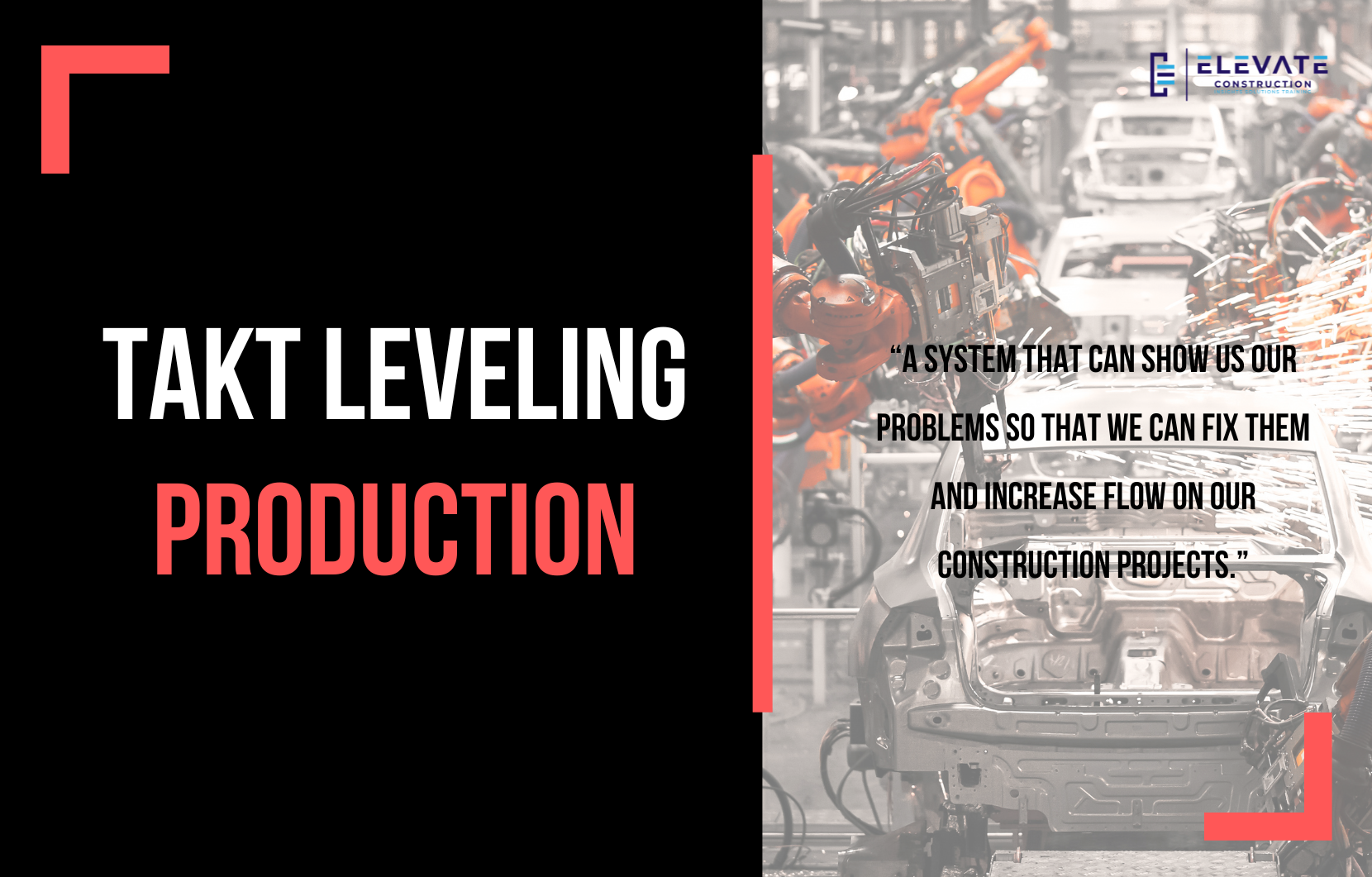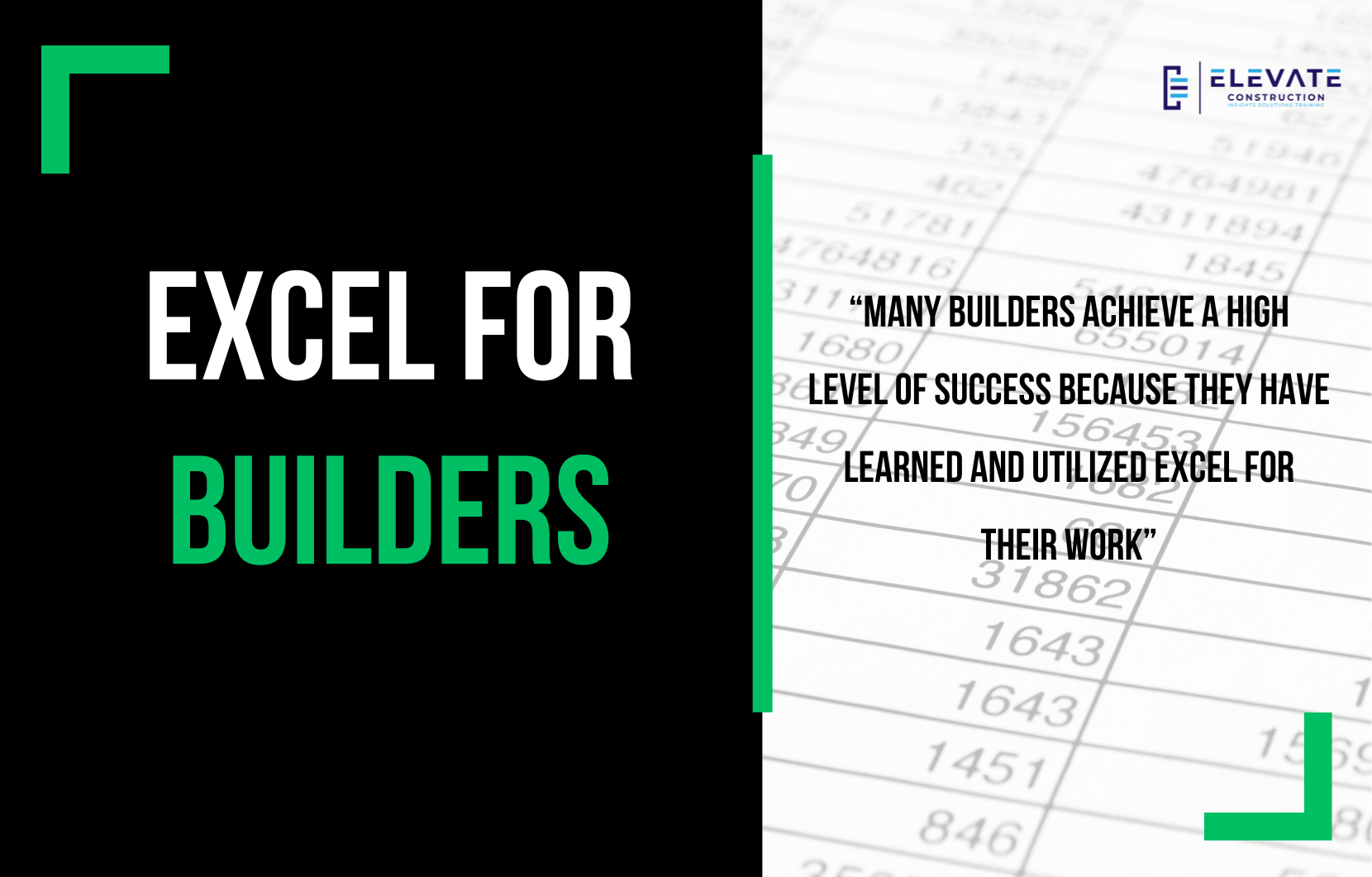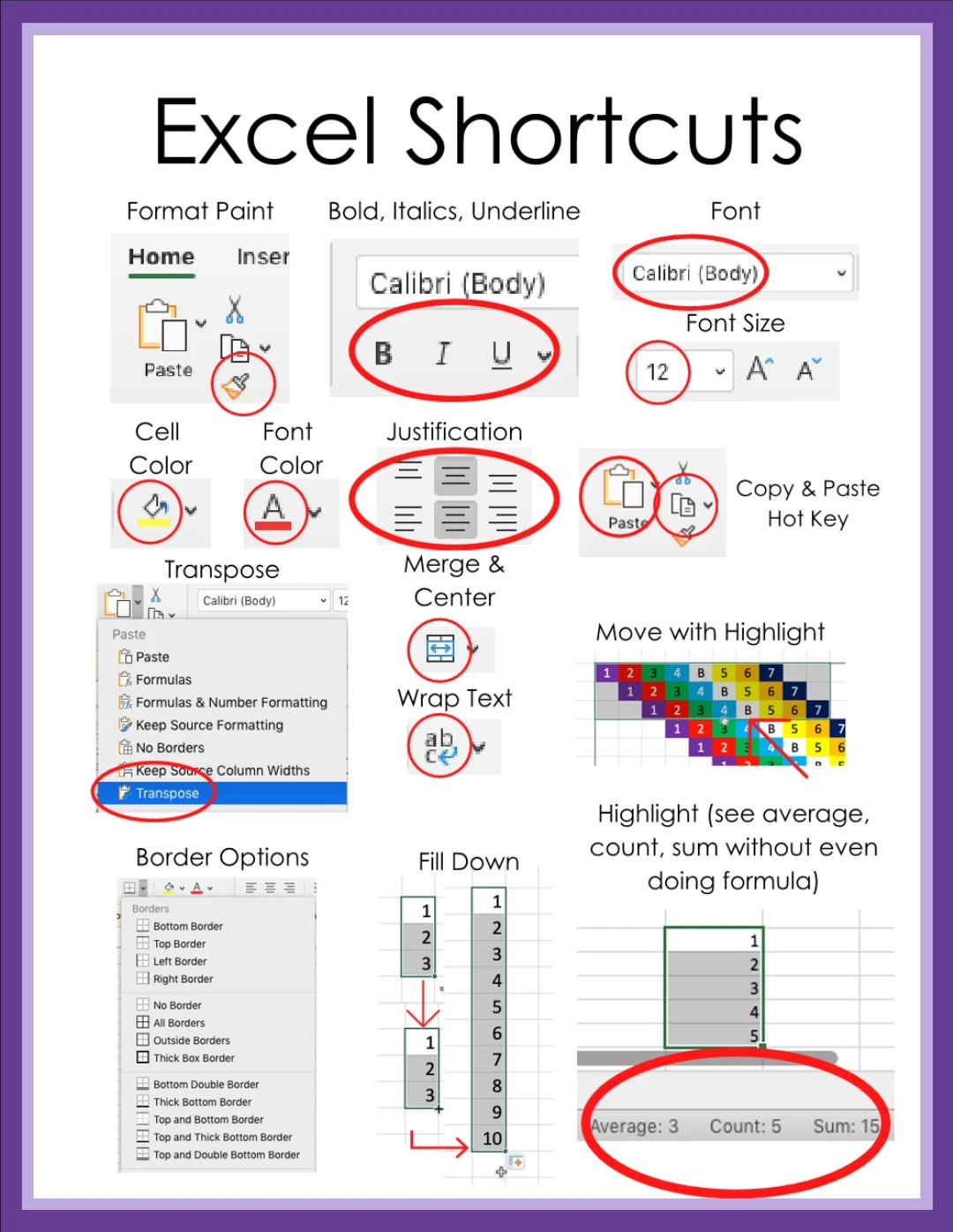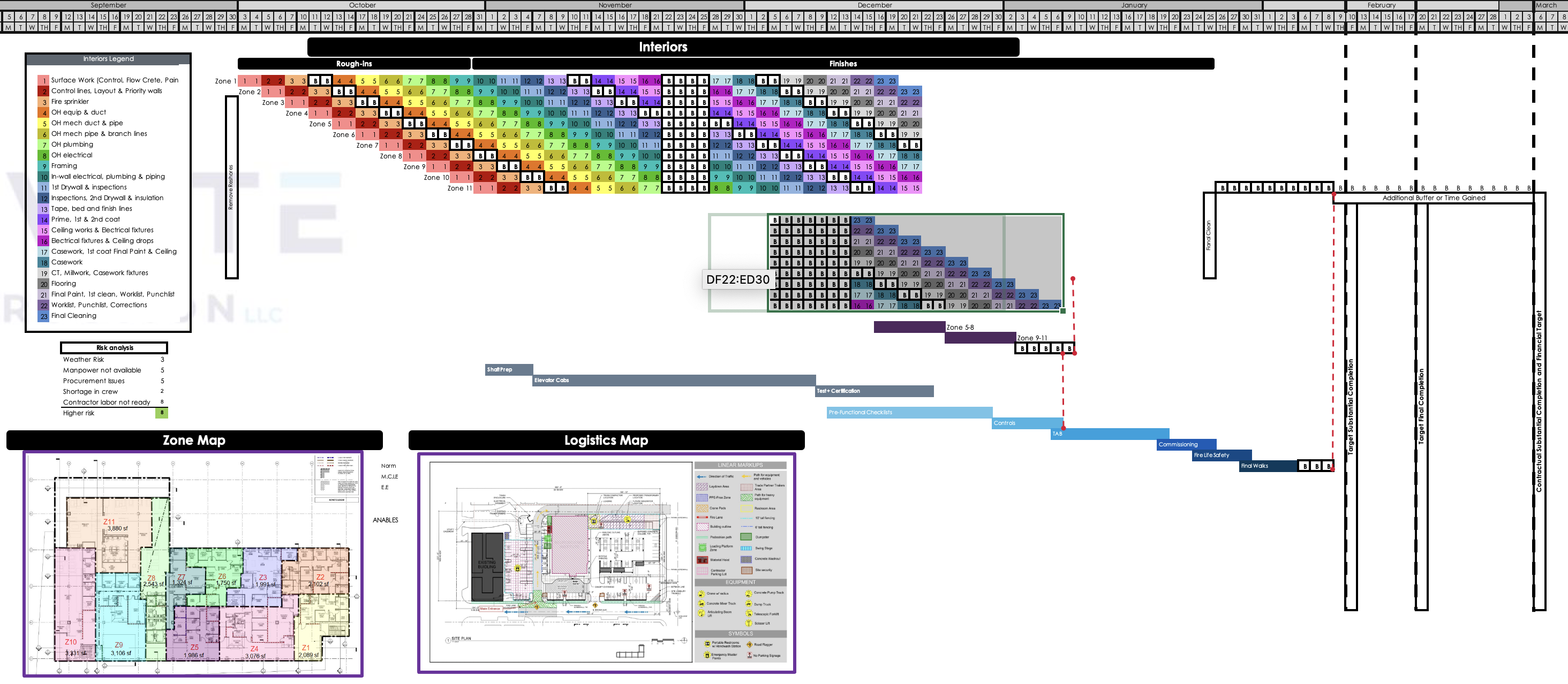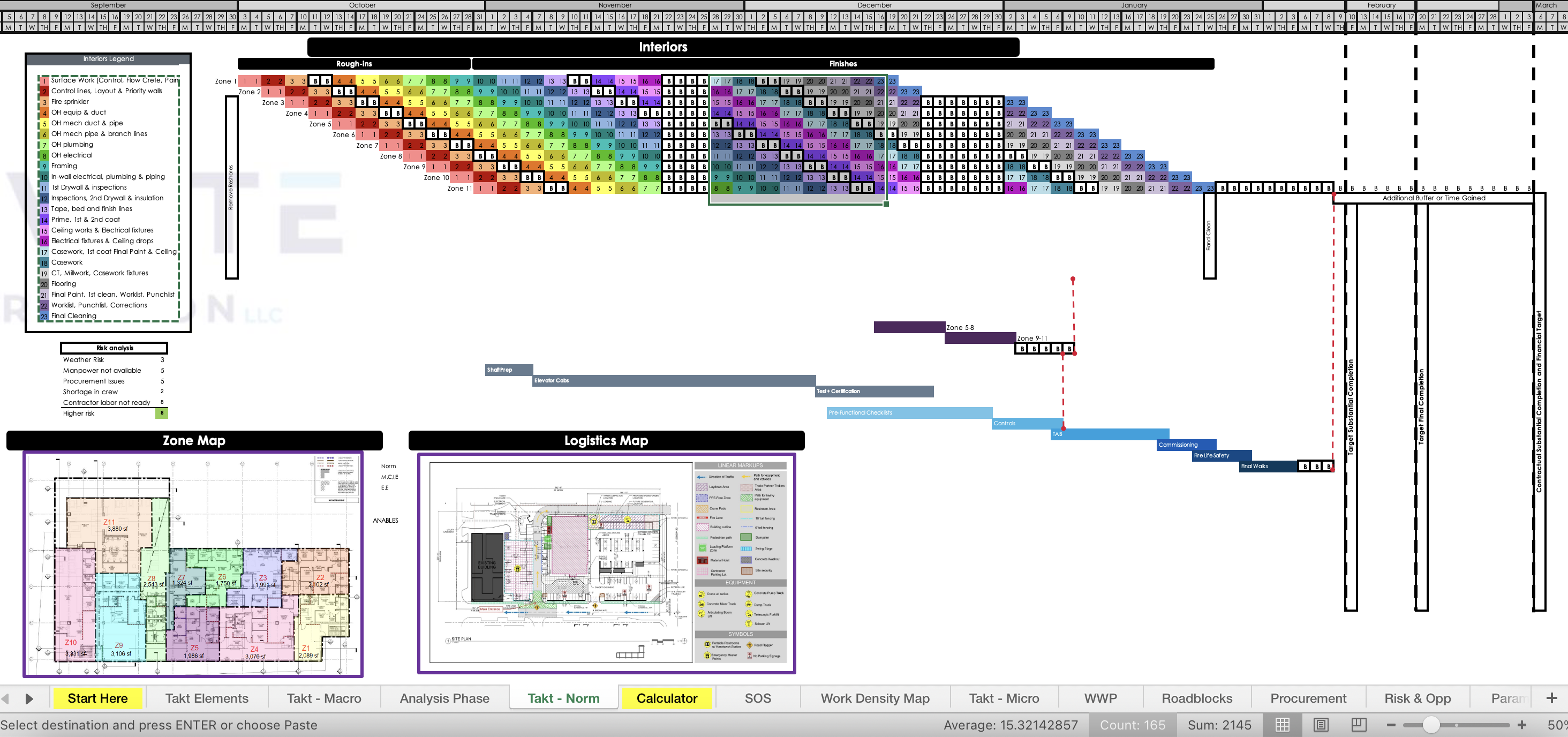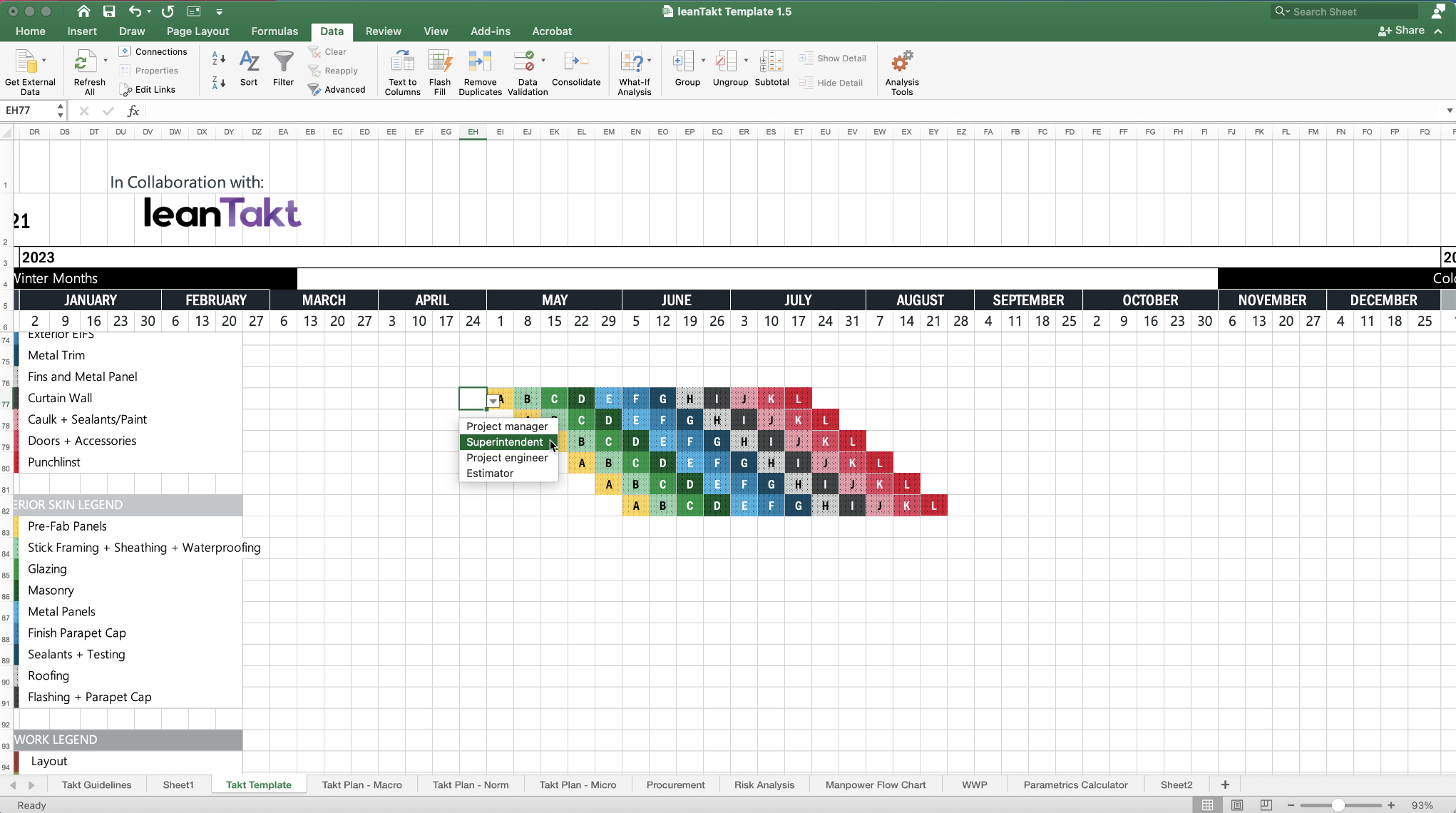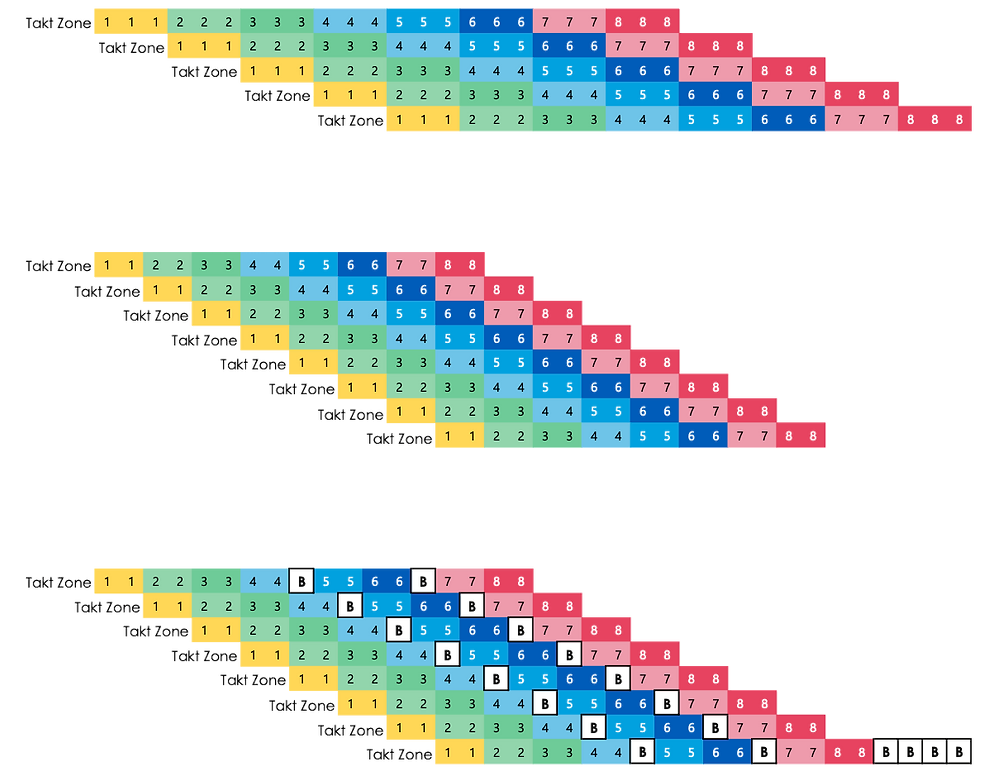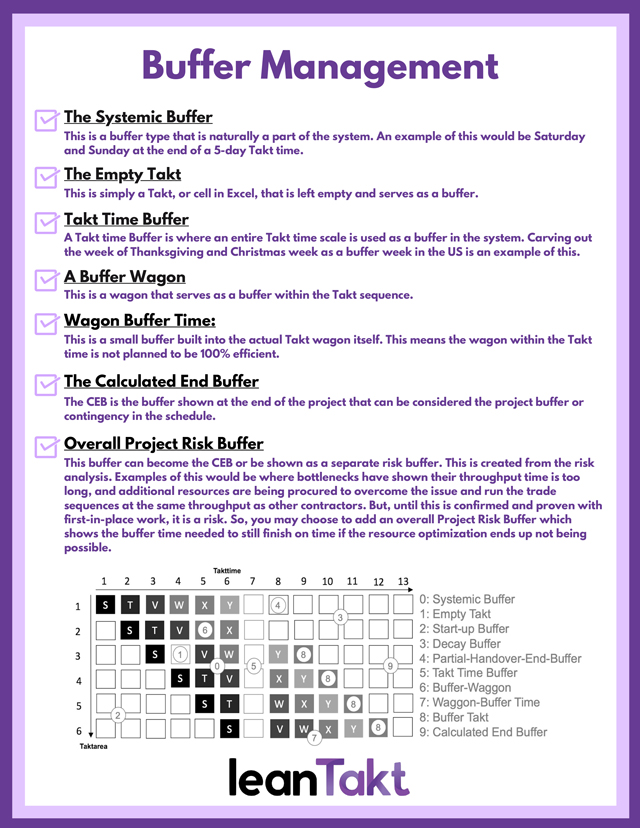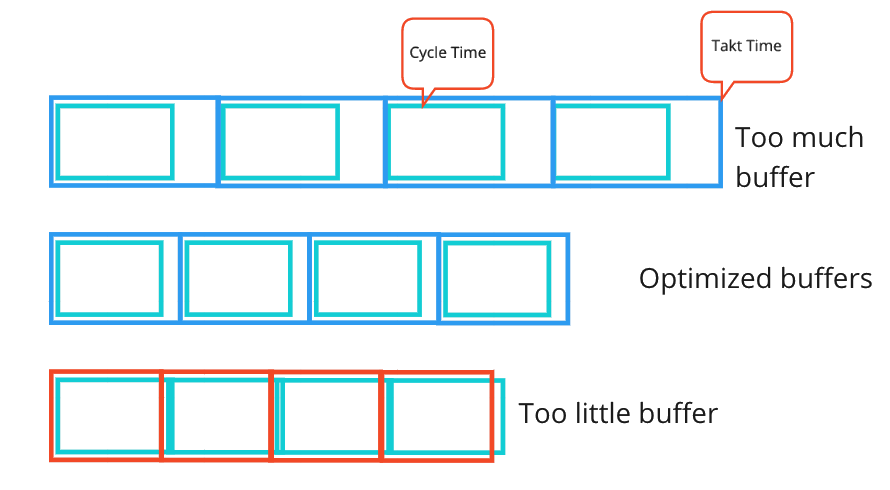What is the purpose of a huddle board?
A huddle board should let us see if we are winning daily. It allows everyone on the project site to see as a group, know things as a group, and act together as a group. The purpose is to run the project, and not let it run us. We cannot manage what we cannot measure, and we cannot measure what we cannot see. Huddle boards are for helping us see what winning looks like, so we can own the gap between where we are and where we want to go.
Here are some guidelines:
1. Everything should be out of our heads. The schedule, the logistics, the strategy, and the problems. None of it belongs in our head or the head of the superintendent. Your mind is for having ideas, not holding them. Huddle boards are supposed to hold them. The reason an inexperienced superintendent is constantly fighting fires and on the phone is because the visual huddle board for the project is in their head. Get it out of your head, and the people will begin interacting with the information and figuring things out for themselves.
2. Everyone every day should be able to see what winning looks like
How do you use your huddle board?
Here are some helpful guidelines for using a huddle board:
1. Keep it shut overnight and when not in use.
2. Lock it.
3. Use the newer versions that are moisture tight and don’t ruin the papers inside.
4. Use a squeegee to clean off the face of the huddle board in the morning when presenting to the workers.
5. Keep a rag on hand to finish cleaning the face of the glass off.
6. Use large dry-erase markers on the front to communicate with workers.
7. The idea is to keep the schedule updated weekly, open the front screen to edit the materials inside with the foremen, and then to close the front screen ahead of the worker huddle so you can use the markers to communicate the plan the next day.
Why do we have a Takt plan?
The Takt plan shows where we are, where we are going, and how delays impact our milestones and deadlines. Without knowing the overall plan we cannot strategize and make corrections to the project plan. We should be able to see flow, target dates, buffers, and deadlines. Without this, there is no way to see the impacts of changes, get help, and request needed funds or time from the owner. The superintendent must keep this plan up to date personally every week if not every day.
Why do we have a Logistics Plan?
To win on our projects we must only handle things once. That means materials, stock piles, installations, and routes. We need to play the staging of all these things before they arrive on site or show up. If we do that, we will reduce waste, respect people, and make money. We can coordinate this as we visually show the plan for the day on the logistics plan to the entire team.
Why do we track roadblocks?
The super, PM, PX, and company leaders are all professional roadblock removers. The two main rules in construction are: Keep the flow, and keep the team balanced. We keep the flow by seeing and removing roadblocks before they affect the work, and we keep the team balanced by sharing the load and working together. Every day a superintendent needs to gather information about roadblocks from the team so s/he can work with the PM in the team daily huddle to remove roadblocks together, and keep work moving forward.
Why do we target certain codes for production by foreman?
If we bid a project at 8%, our estimate shows 8%, our budget meetings show 8%, our schedule shows 8%, and our production trackers show 8%. But we want a higher % to fund bonuses. So, what do we do? Great question! We show key production codes that we can use to do better than the estimate, and we visually show that production rate for everyone to see. That way, the team can track daily progress to hitting those targets. We will never get higher than our estimate % gross margin unless we target that number. These code trackers target that number.
What meetings do you host?
There are two meeting we must host. The afternoon foreman huddle, and the morning worker huddle.
The purpose of the Afternoon Foreman Huddle is to do the following in addition to the normal agenda:
1. Mark what activities were and were not completed the day before.
2. What activities have to be done tomorrow to keep schedule.
3. Where deliveries, staging, and stock piles will be located.
4. Prepare work and find roadblocks for the super and PM to remove.
5. Discuss production targets and make plans to do better.
6. Make a plan for the next day.
The purpose of the Morning Worker Huddle is to communicate the plan for the day to the workers. It is crucial to show in red where we are not winning according to our plan and to engage the minds of all workers and foremen in solving the problems and improving each day.
Here are some questions for us:
1. How can we manage the schedule without a visual schedule?
2. How can we only handle things once if we do not all know where things go?
3. How can we create flow unless we see and remove roadblocks together?
4. How can we get to a higher % unless we know what key scopes will get us there and what production rate we need to hit to get there?
The answers are obvious.
We use huddle boards because we only win as a team. Navy seals win as a team. Olympic champions win as a team. Race car drivers win in a team. Companies win a as a team, and to win as a team, we must see as a team, know the status of the project as a team, and act together to improve it.












